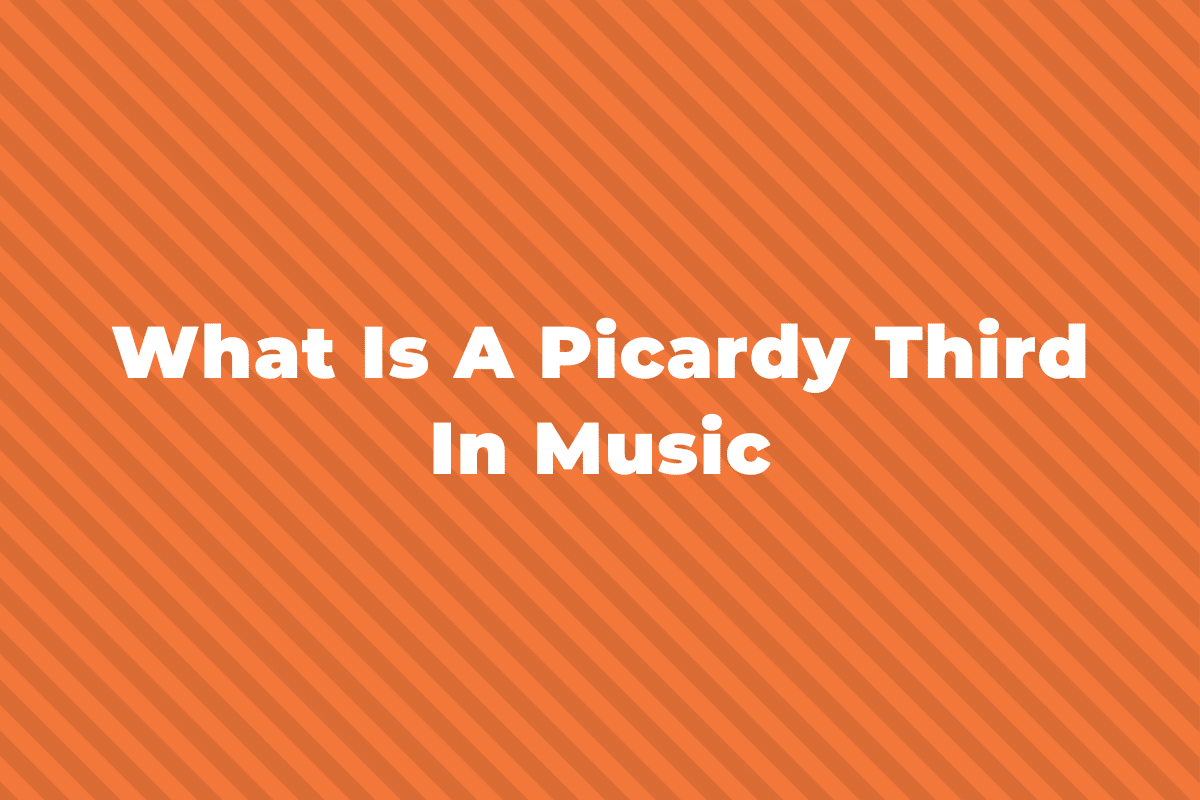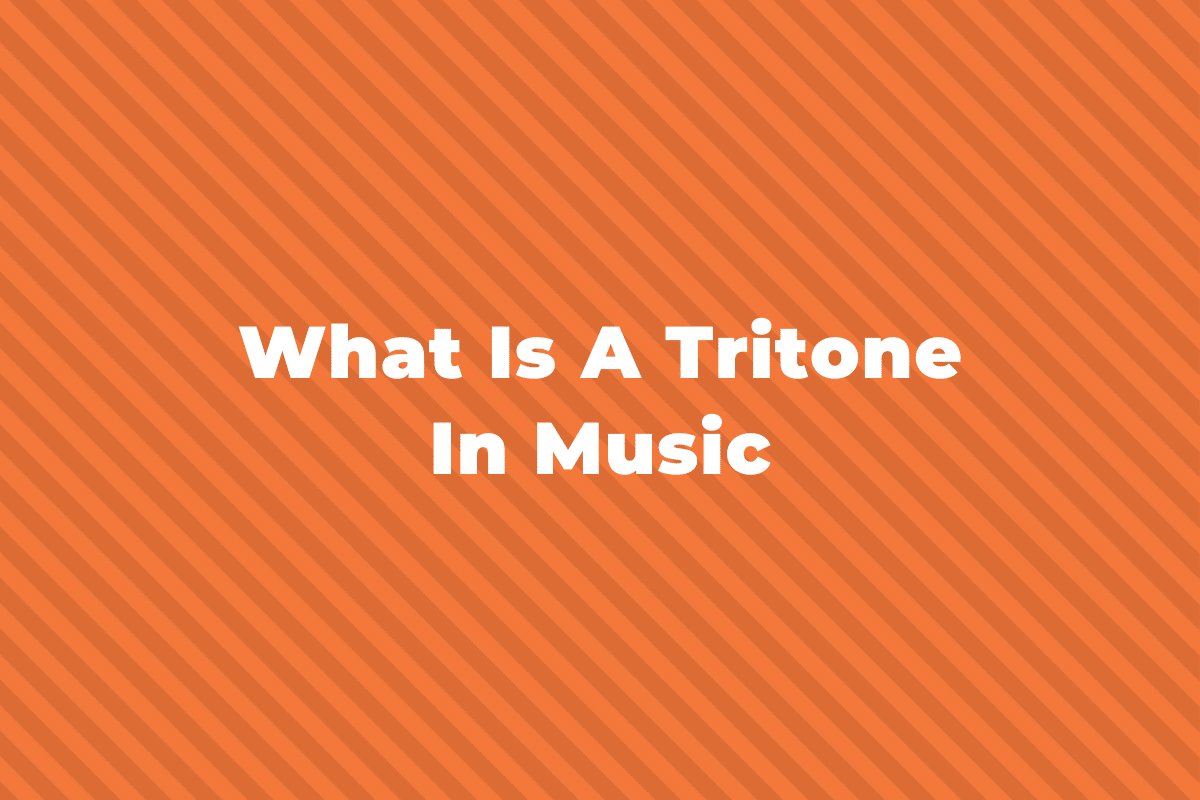When it comes to naming intervals that span less than an octave, it’s pretty simple, but what do you do when the intervals are larger than an octave?
In this post, I’m going to be looking at compound intervals and how we name them.
What Are Compound Intervals?
A compound interval is any musical interval that is larger than an octave as opposed to simple intervals which are those that span less than an octave.
For example, take a look at the major 3rd below from C to E, which is a simple interval.
But, if we were to move the E an octave higher, the distance between two notes is now over an octave and so it’s now a compound interval.
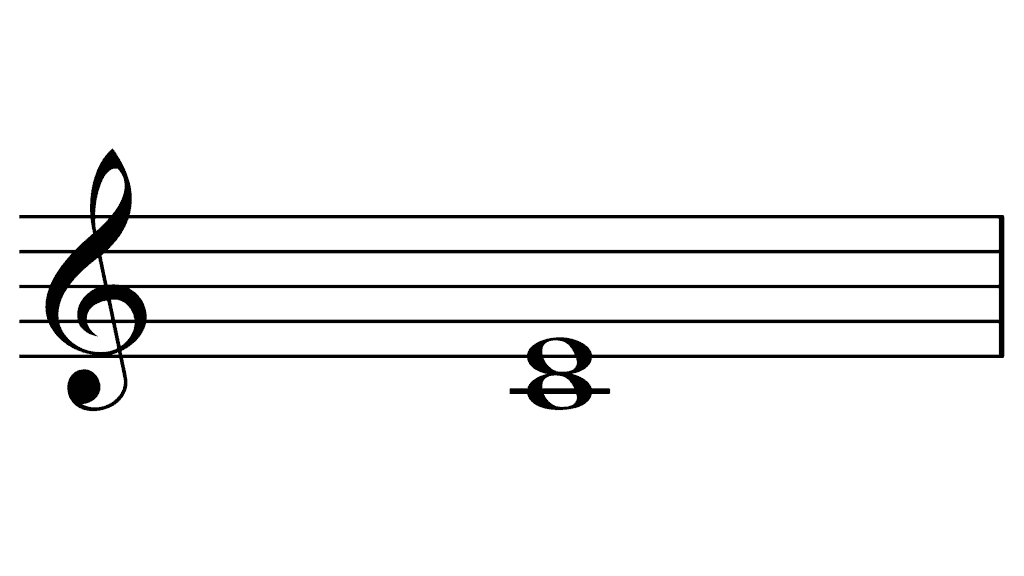
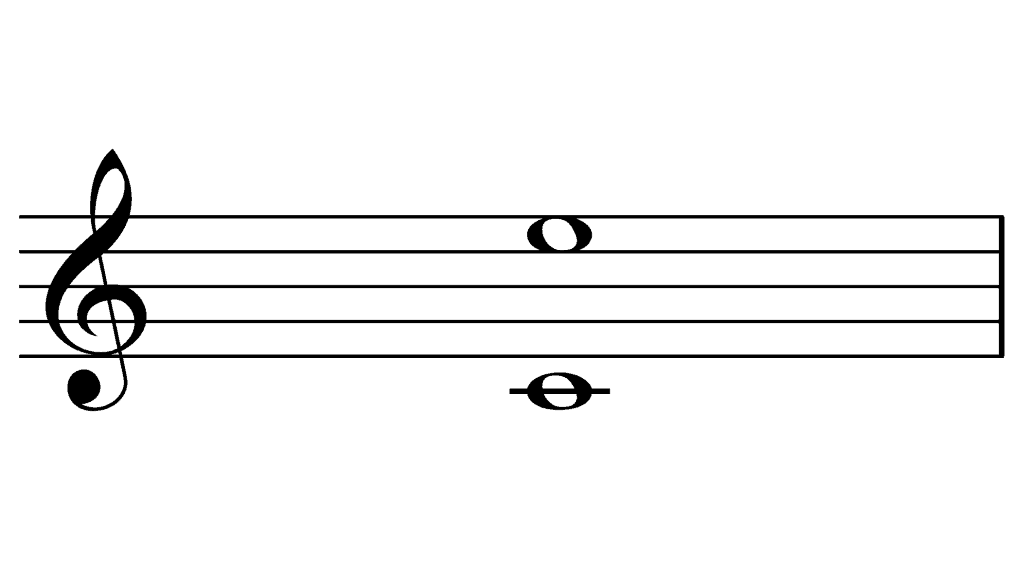
Naming Compound Intervals
There are two different ways of naming compound intervals and both are fine for your music theory exam.
Using the Word Compound
The easiest way to name compound intervals is to work out what the interval would be if it were simple, then add the word compound in front.
For example, let’s take the interval we looked at earlier, C – E which is a major 3rd.
But if we were to make it C – E an octave higher it becomes a compound major 3rd.


Another example would be this interval from F – Bb which is a perfect 4th.
But if we move the Bb an octave higher it becomes a compound perfect 4th.
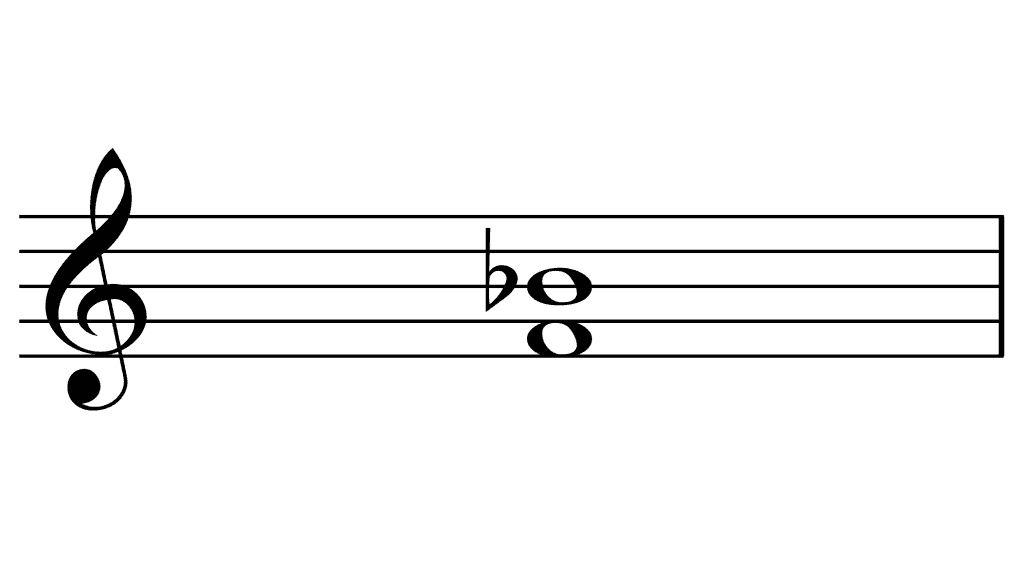
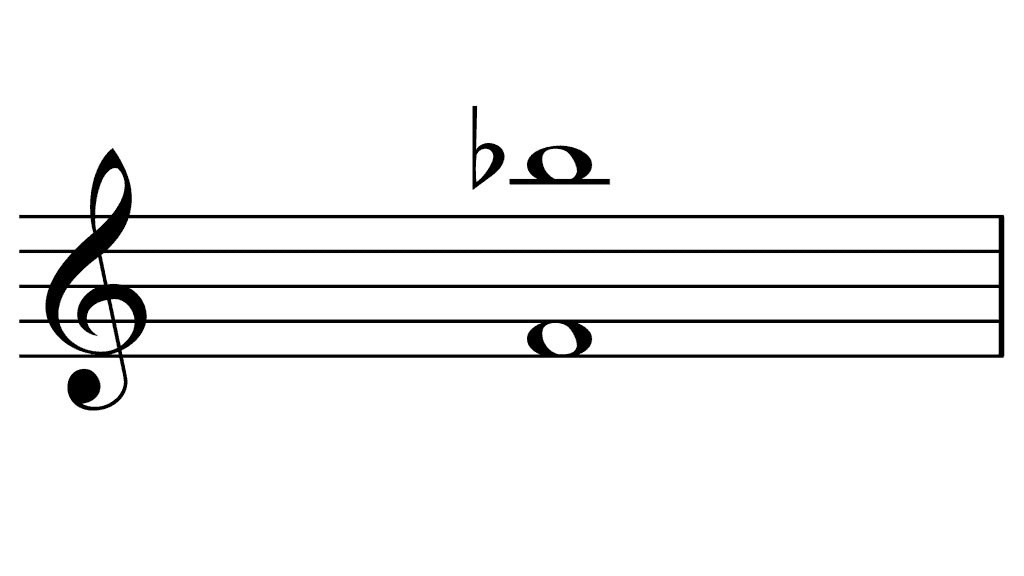
This method of naming compound intervals is very easy to learn and here are all the compound intervals in C major scale.

Using Numbers Above 8
The other way of naming compound intervals is to use numbers above eight.
For example, as you hopefully know intervals up to an octave are named as 2nds, 3rds, 4ths, 5ths etc…

But we don’t have to stop and 8ves, we can carry on naming intervals larger than an octave in this same way.
For example, C to D an octave higher is a 9th, C to E an octave higher is a 10th, C to F and octave higher is an 11th and so on…

This is just another way of naming intervals.
You can choose which one to use as they mean the same thing.
For example, the interval below is a compound minor 6th but also a minor 13th.
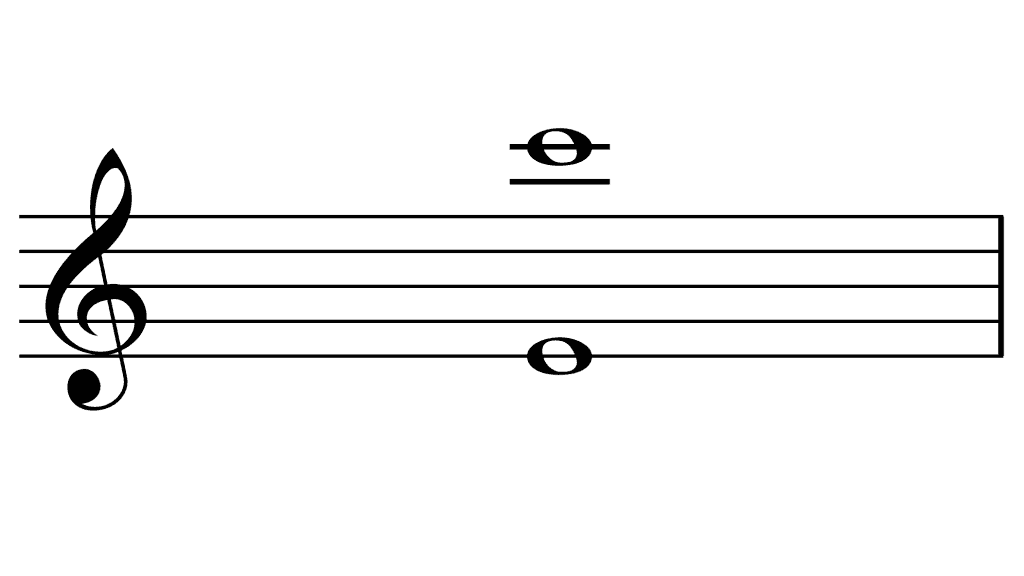

That’s it for Compound Intervals
I hope that helps explain what are compound intervals in music and how to work them out.
It can seem a little bit complicated at first but they really are as simple as regular intervals.
It’s worth noting that for a music theory exam I usually recommend using the first naming method of adding the word compound to the interval.
But, outside of exams it’s very uncommon to name intervals in this way and most people will opt for the 2nd method of describing intervals as 9ths, 10ths or 13ths etc.

